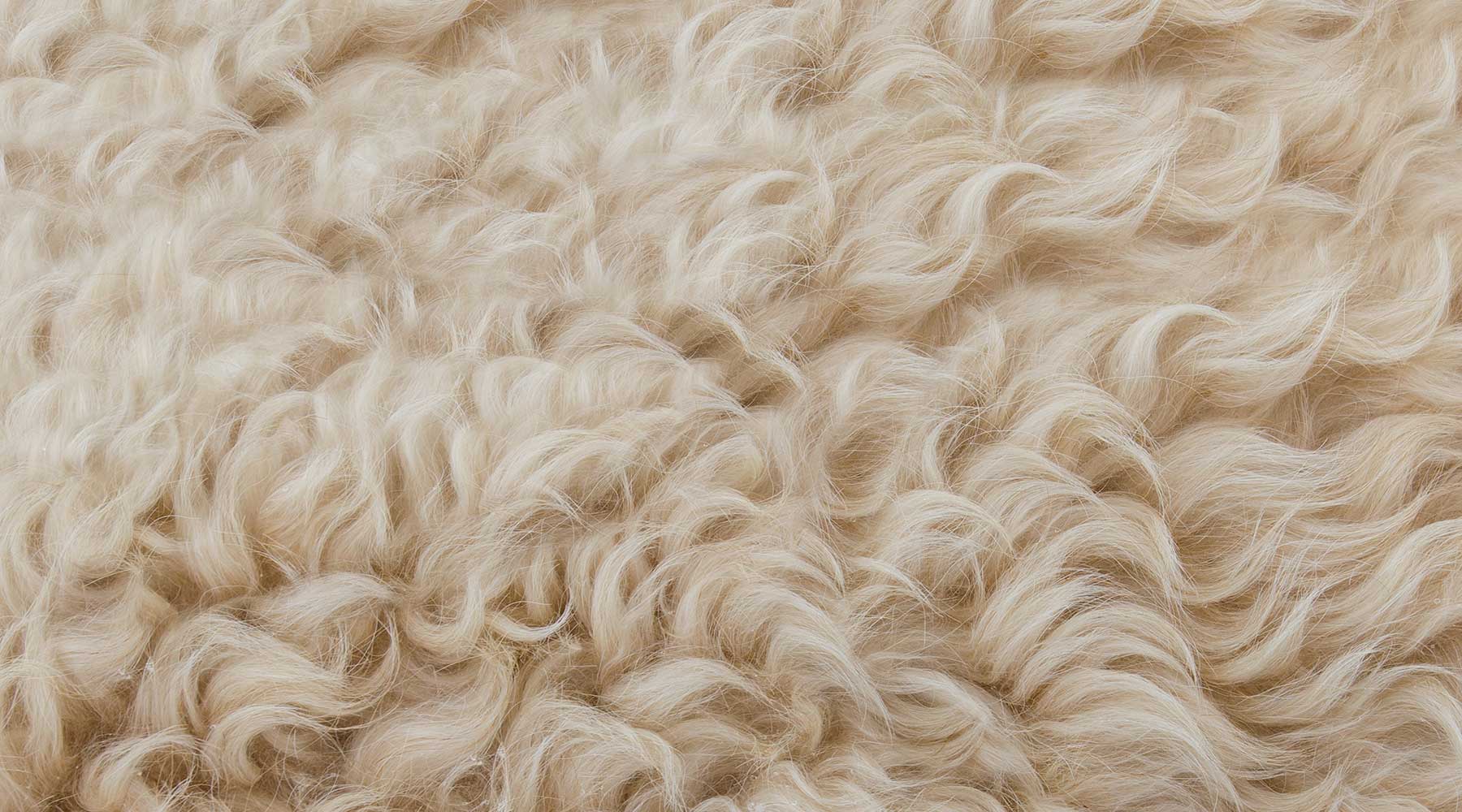Wool is a natural protein fibre obtained from sheep, it is naturally crimped and at a microscopic level each fibre is like a coiled spring that returns to its natural shape after being bent. This gives wool garments a natural resistance to wrinkles.
It offers wonderful warmth and moisture-wicking capabilities, making it the perfect trans-seasonal fabric. Even during the warmer months, a summer suiting wool will lift moisture away and allow the skin to breathe.

Varying lengths of wool fibres are used to create different types of wool fabrics. Fabric spun from shorter wools fibres (25.4 - 76.2mm) is used to create a classic woollen fabric that is soft and fuzzy. Fabric spun with longer, more tightly woven wool fibres (76.2mm+) creates worsted wool which is crisp and smooth.
If you're new to sewing wool, here's a few tips to make the process stress free;
- When choosing a pattern, pick garments that are simples shapes with minimal intricate seams.
- Always preshrink your fabric.
- A ball point needle works best to slip easily between delicate fibres. For heavier weight wools, use a sharp new needle to minimise snagging.
- For lighter weight wools try silk thread, which has similar properties and behaviours.
- Wool tends to stretch, you may want to stay stitch necklines and arm holes after cutting. Take care when pressing not to stretch your garment out of shape.
- When working with thick wools, grade seams to minimise bulk.

As wool is anti-bacterial it doesn't need to be washed often – it naturally repels dirt and is self-cleaning. Simply hang your wool up for a few hours (ideally outside) and it will naturally regenerate. If you do need to wash your wool garment, here's how to clean it carefully;
- Squirt a bit of delicate wool detergent into a sink or basin and fill with tepid water.
- Turn the garment inside-out, submerge it, and swish it around to allow the soap to penetrate the fibres. Do not rub the fabric together or let it soak for longer than 10 minutes.
- Rinse the garment to remove all soapy residue.
- Don’t wring out wool clothing. Instead, press or squeeze out as much water as you can. Then, roll garment in a dry towel to remove excess moisture.
- To avoid stretching, don’t hang dry. Instead, lay wool items flat to dry on a fresh towel and avoid direct sunlight. Carefully adjust the shape of the garment to ensure it is evenly stretched as it dries.
Want to check out our wool range, click here! Our favourite pattern recommendation - the Forenza Coat.
